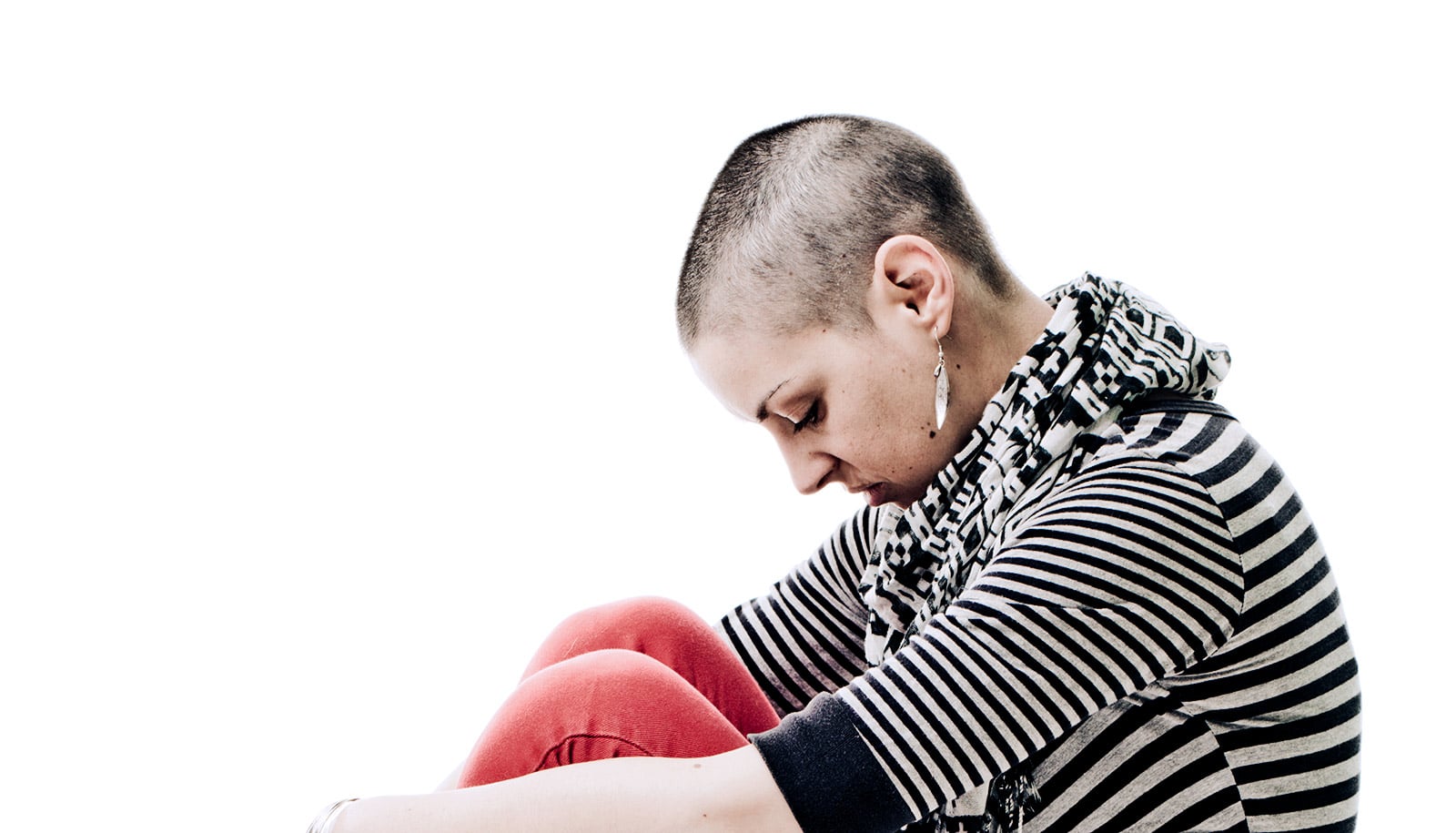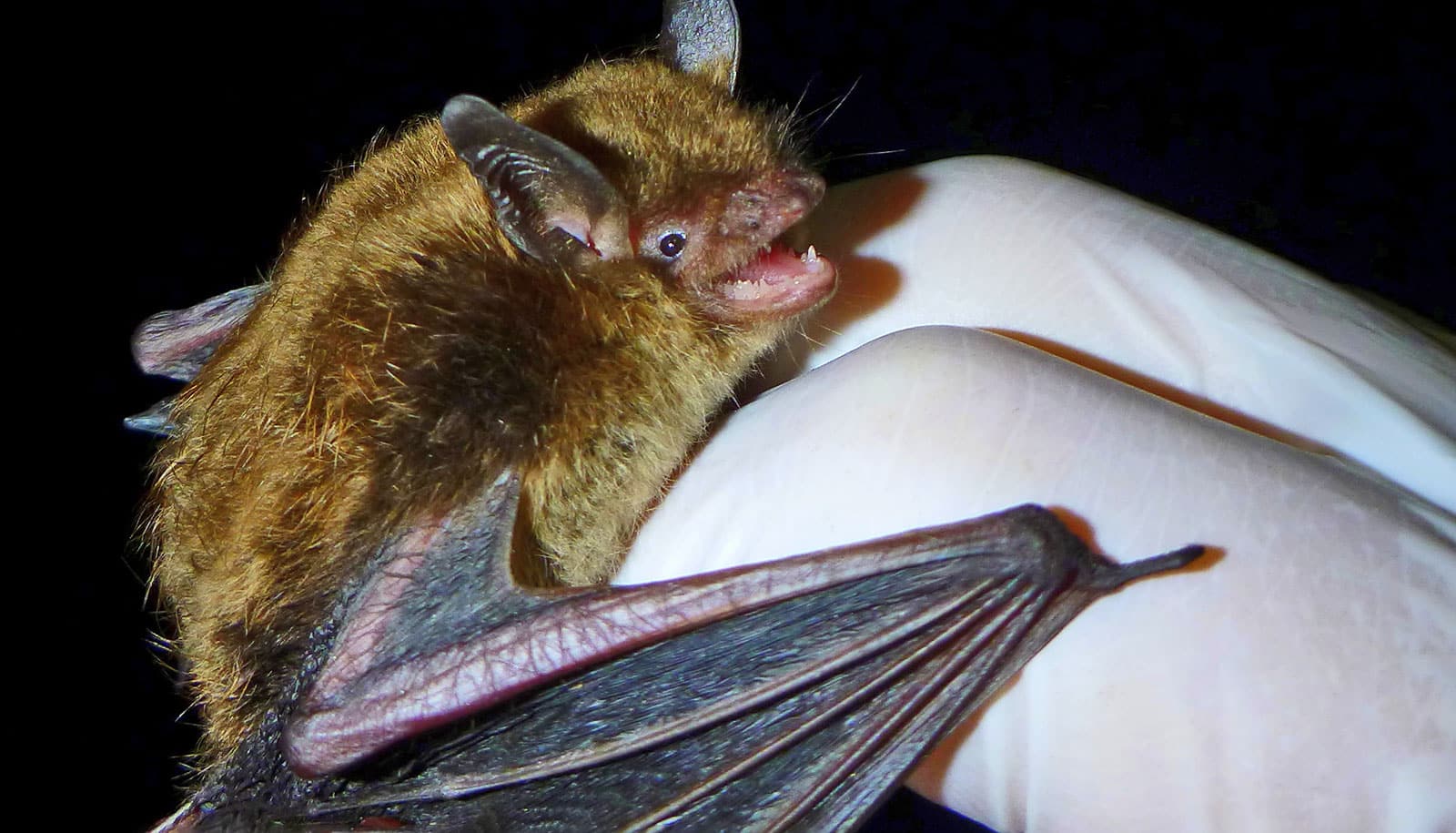Less than half the patients diagnosed with cancer respond favorably to chemotherapy. Now, a new method for testing how patients will respond to various drugs could pave the way for more personalized treatment.
Using Doppler light scattering, like a weather radar, researchers can determine how a patient will respond to chemotherapy even before they begin treatment.
“It’s like watching the weather inside living tissue as the tissue is affected by cancer drugs.”
“Doppler weather radar sends electromagnetic waves into clouds, and while you don’t see individual rain droplets, you pick up the overall motion of the raindrops. What you create with this is a 3D map of cloud motion,” says David Nolte, distinguished professor of physics and astronomy at Purdue University.
“We’re looking at the motion inside living tissue rather than rain droplets, and we’re using infrared light instead of radar. It’s like watching the weather inside living tissue as the tissue is affected by cancer drugs.”
Tiny chunks of tissue taken from a biopsy are placed in a multiwall plate, where various drugs are applied. Light from an LED shines into the middle of the tissue, and researchers look at the scattered light coming off.
In collaboration with John Turek, professor of basic medical sciences, and Mike Childress, associate professor of veterinary medicine, Nolte has built a library of data to associate various light patterns with the corresponding response of patients to treatment.
The findings, which appear in Biomedical Optics Express, report an 84 percent success rate predicting patient response to therapy in the group’s first complete pre-clinical trial.
Could time of day boost chemo for glioblastoma?
Researchers performed the study on 19 dogs previously diagnosed with B-cell lymphoma, which is molecularly and clinically similar to lymphoma in humans. The treatment of cancer in dogs is almost identical to treatment for humans, Nolte says. They have biopsies, go through chemotherapy, and come back for follow-ups.
The method for testing patient response to therapy, biodynamic digital holography, is currently in clinical trials in human ovarian, breast, and esophageal cancer. The trials are proceeding with similar levels of accuracy, Nolte says.
“This could revolutionize the way chemotherapy is selected for patients. Hundreds of thousands of patients per year are given standard treatments, while only 40 percent of them actually respond. Currently, there’s no good way to personalize treatment because there’s no evidence-based medicine that doctors can turn to. If our method works in human cancers, it means we can help doctors choose better therapies.”
Attempts to create strategies for predicting patient response to chemotherapy have been made in the past. These older methods broke up tumors into individual cells and re-grew them as 2-dimensional cell cultures. But this, destroyed the cellular environment in which a tumor exists, which contributes significantly to its response to treatment.
By preserving the cancer environment in living 3D biopsies, researchers are able to assess how cells respond to drugs in the relevant environment.
Smartphones let docs remotely monitor chemo patients
The National Science Foundation, the National Institutes of Health, and seed grants from the Purdue University Center for Cancer Research (PUCC) funded the work.
Nolte and Turek have financial interest in Animated Dynamics, which has licensed biodynamic technology from the Office of Technology Commercialization at Purdue.
Source: Purdue University



